

Triacontanol is natural long-chain primary alcohol derived from plant waxes, mostly found in alfalfa and beeswax. As a potent plant growth stimulant, it enhances photosynthesis, enzyme activity, nutrient uptake, and biomass accumulation. Triacontanol as pgr for horticulture and agriculture to promote higher crop yields and improved plant vigor, particularly in vegetables, cereals, fruits, and floriculture.


Triacontanol is natural long-chain primary alcohol derived from plant waxes, mostly found in alfalfa and beeswax. As a potent plant growth stimulant, it enhances photosynthesis, enzyme activity, nutrient uptake, and biomass accumulation. Triacontanol as pgr for horticulture and agriculture to promote higher crop yields and improved plant vigor, particularly in vegetables, cereals, fruits, and floriculture.

.3d8f8f41.svg)
Agrochemicals
.3556d45a.svg)

Plant Health, Nutrients & Soil Management


Plant Growth Regulators & Harvest Aids
.7767eb0f.png)

Chemical Properties & Specifications
*Boosts photosynthesis and plant metabolism *Enhances nutrient uptake and root development *Improves flower setting and fruit development
*Tomato, cucumber, grape, strawberry, rice, wheat, maize, roses, chrysanthemum
*Foliar spray, seed soaking, or root dipping *Typical dosage: 5–20 ppm depending on crop stage and formulation
*Biostimulant formulations (0.05% EC, 0.1% GR) *Foliar sprays and hormone boosters in horticulture *Organic crop enhancement programs
*Low residue and environmentally safe *Improves plant tolerance to abiotic stress *Suitable for organic farming practices

CAS No. : 1309-64-4
Category : Inorganic Chemicals
Sub-Category : Flame Retardant
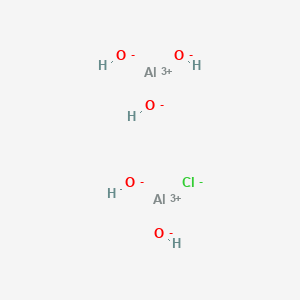
CAS No. : 1327-41-9
Category : Inorganic Chemicals
Sub-Category : Metal-Based Coagulants
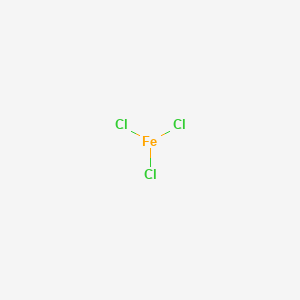
CAS No. : 7705-08-0
Category : Inorganic Chemicals
Sub-Category : Metal-Based Coagulants
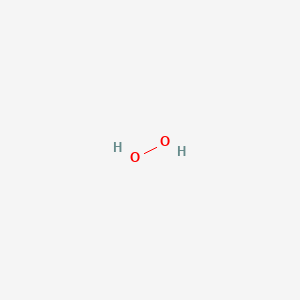
CAS No. : 7722-84-1
Category : Inorganic Chemicals
Sub-Category : Peroxides & Oxidizing Agents
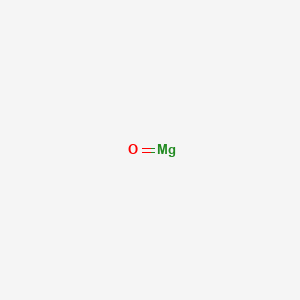
CAS No. : 1309-48-4
Category : Inorganic compound
Sub-Category : Flame Retardant

CAS No. : 13463-67-7
Category : Pigments & Colorants
Sub-Category : Inorganic Pigments
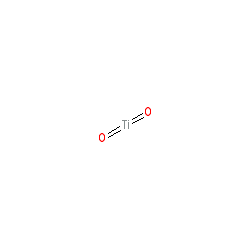
CAS No. : 13463-67-7
Category : Pigments & Colorants
Sub-Category : Inorganic Pigments

CAS No. : 13463-67-7
Category : Pigments & Colorants
Sub-Category : Inorganic Pigments
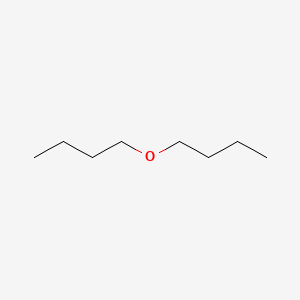
CAS No. : 142-96-1
Category : Solvents & Carriers
Sub-Category : Ethers & Ether-Based Solvents
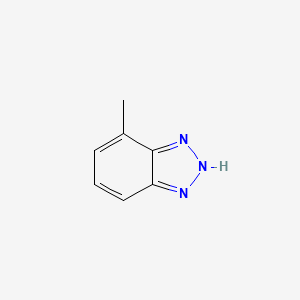
CAS No. : 29385-43-1
Category : Specialty Polymers & Additives
Sub-Category : Corrosion Inhibitor Additives

CAS No. : 25322-69-4
Category : Specialty Polymers & Additives
Sub-Category : Polyether Polyols
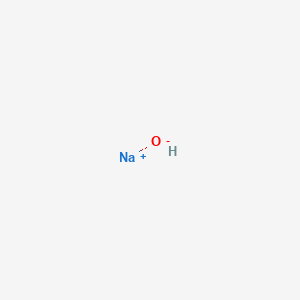
CAS No. : 1310-73-2
Category : Inorganic Chemicals
Sub-Category : Alkalis & Bases
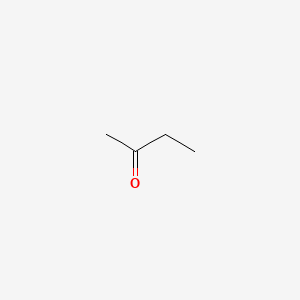
CAS No. : 78-93-3
Category : Base Chemicals & Intermediates
Sub-Category : Ketones & Solvents
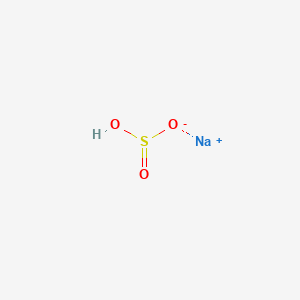
CAS No. : 7631-90-5
Category : Inorganic Chemicals
Sub-Category : N/A
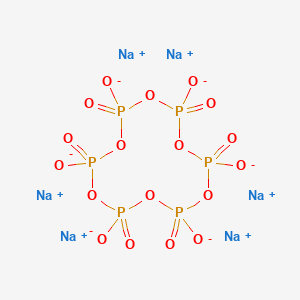
CAS No. : 10124-56-8
Category : Inorganic Chemicals
Sub-Category : N/A

CAS No. : 5329-14-6
Category : Inorganic Chemicals
Sub-Category : Acid Derivatives

CAS No. : 100-44-7
Category : Organic Intermediates
Sub-Category : Chlorinated Aromatic Compounds
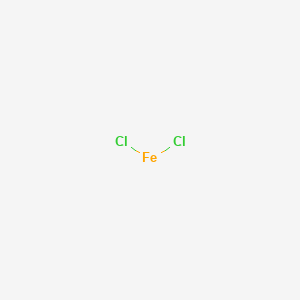
CAS No. : 7758-94-3
Category : Inorganic Chemicals
Sub-Category : Metal Halides

CAS No. : 1314-13-2
Category : Inorganic Chemicals
Sub-Category : N/A
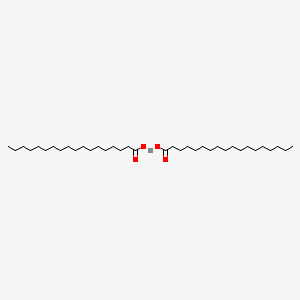
CAS No. : 51731-04-5
Category : Inorganic Chemicals
Sub-Category : Metal Carboxylates
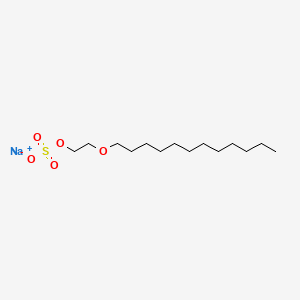
CAS No. : 9004-82-4
Category : Cosmetic Ingredients
Sub-Category : Surfactants & Foaming Agents
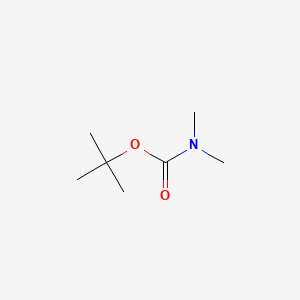
CAS No. : 61788-93-0
Category : Surfactants & Emulsifiers
Sub-Category : Fatty Amines
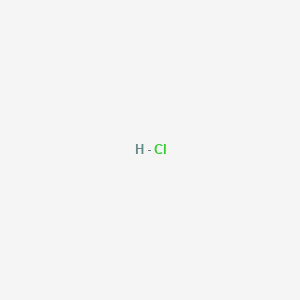
CAS No. : 7647-01-0
Category : Inorganic Acids
Sub-Category : Mineral Acids
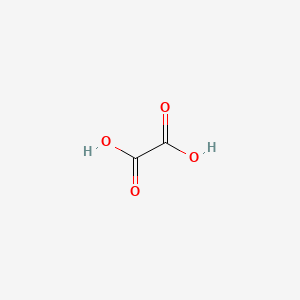
CAS No. : 144-62-7
Category : Organic Acid Derivatives
Sub-Category : Dicarboxylic Acids

CAS No. : 17465-11-3
Category : Organic Intermediates
Sub-Category : Aromatic Sulfonates

CAS No. : 7704-34-9
Category : Inorganic Chemicals
Sub-Category : Sulfur & Derivatives

CAS No. : 77-92-9
Category : Food Ingredients
Sub-Category : Flavor Enhancers

CAS No. : 7631-90-5
Category : Inorganic Chemicals
Sub-Category : N/A

CAS No. : 10124-56-8
Category : Inorganic Chemicals
Sub-Category : N/A

CAS No. : 9005-65-6
Category : Surfactants & Emulsifiers
Sub-Category : N/A
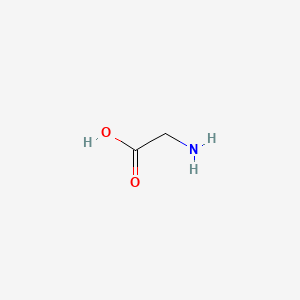
CAS No. : 56-40-6
Category : Nutraceutical Ingredients
Sub-Category : Amino Acids & Proteins
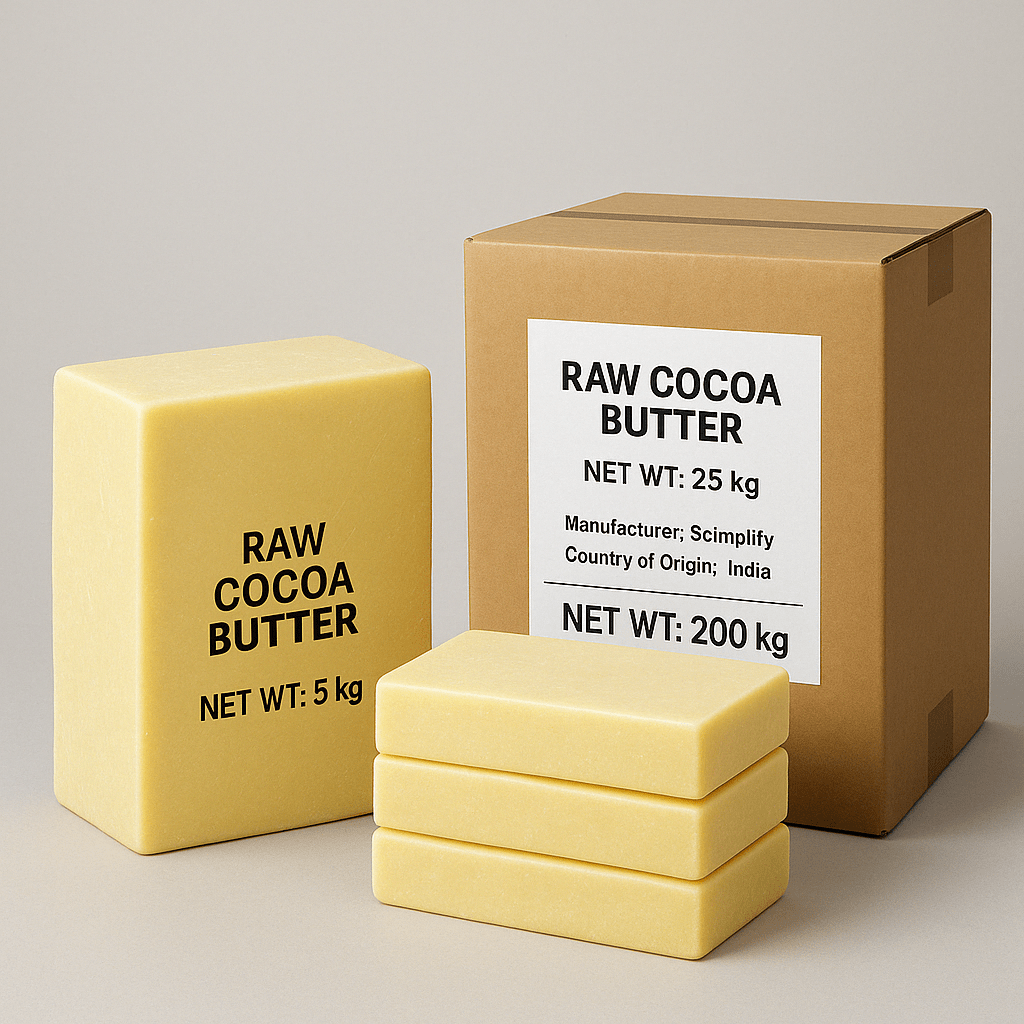
CAS No. : 8002-31-1
Category : Food Ingredients
Sub-Category : Cocoa & Chocolate Derivatives
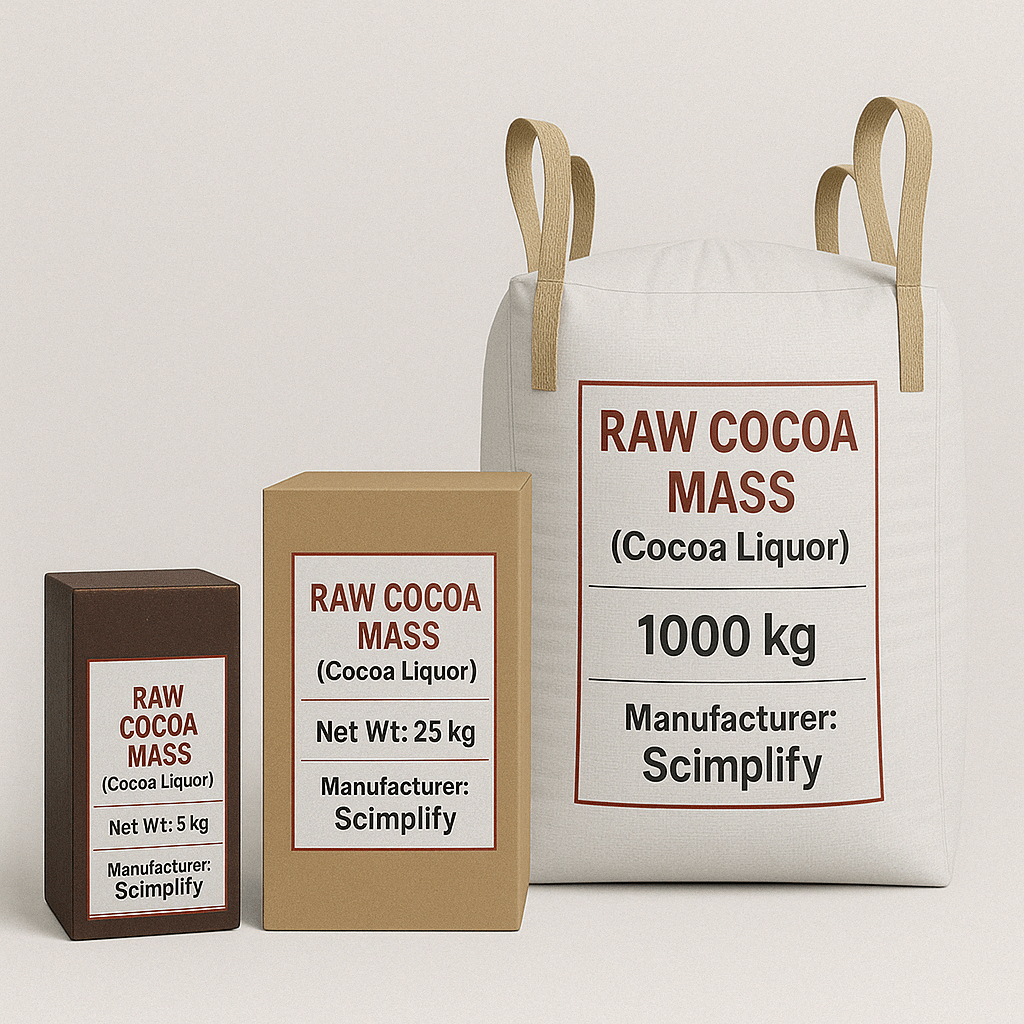
CAS No. : 84649-99-0
Category : Food Ingredients
Sub-Category : Cocoa & Chocolate Derivatives
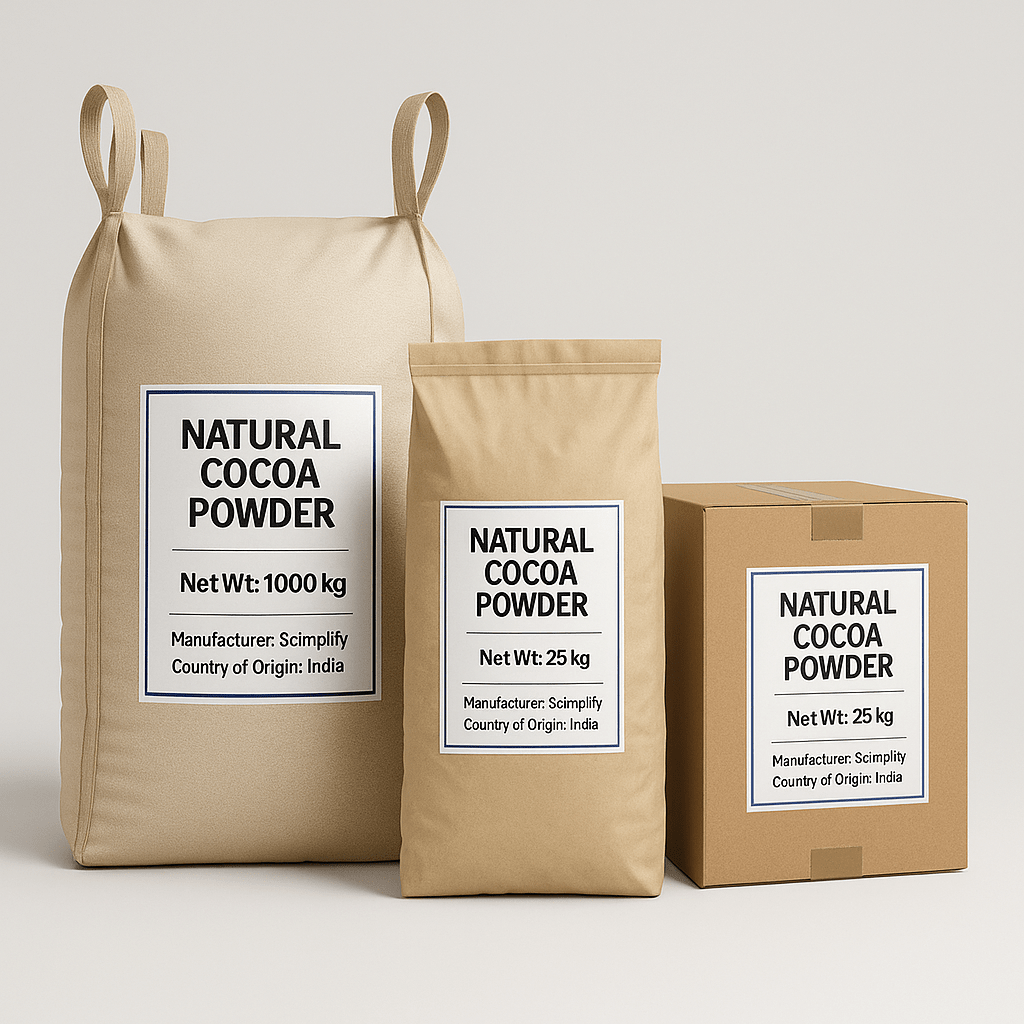
CAS No. : 84649-99-0
Category : Food Ingredients
Sub-Category : Cocoa & Chocolate Derivatives
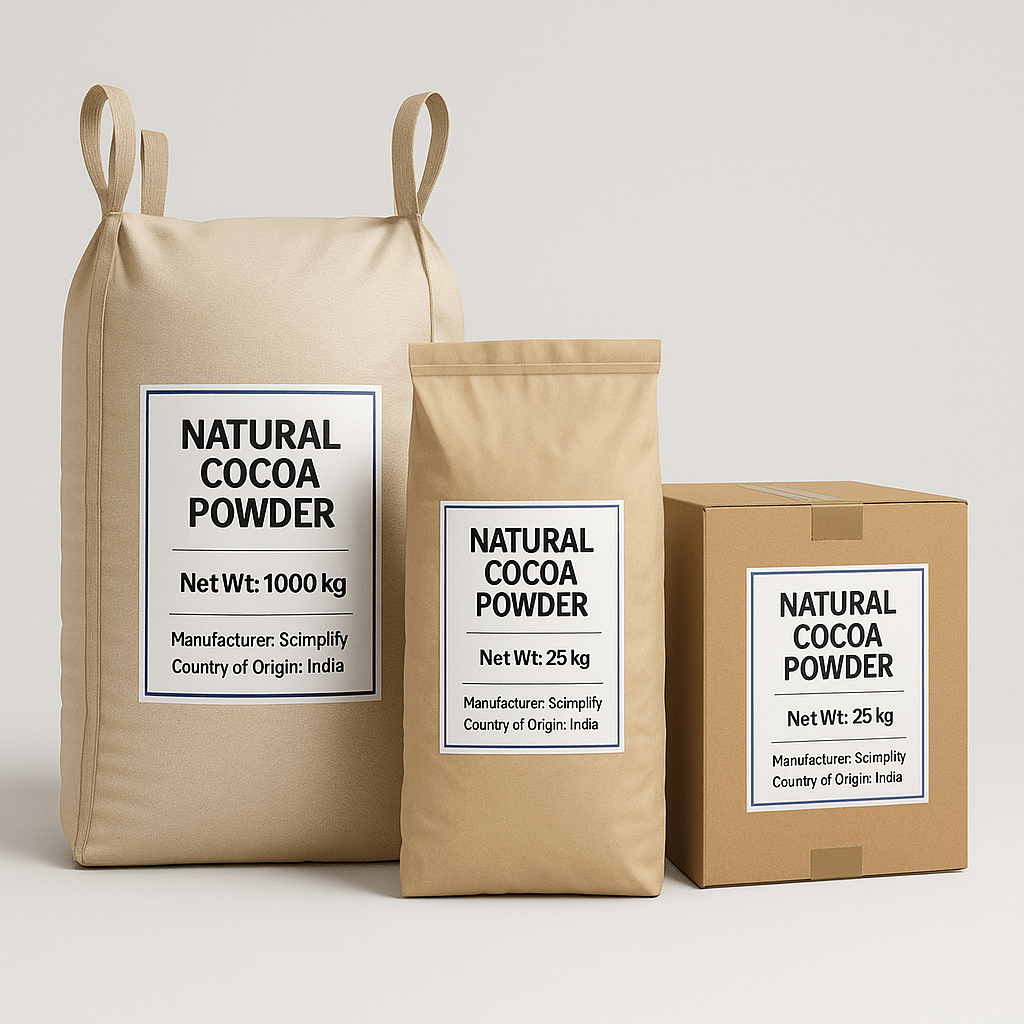
CAS No. : 84649-99-0
Category : Food Ingredients
Sub-Category : Cocoa & Chocolate Derivatives

CAS No. : 36306-87-3
Category : Fragrance Ingredients
Sub-Category : Ionones & Ketones

CAS No. : 16409-43-1
Category : Fragrance Ingredients
Sub-Category : Aroma Compounds

CAS No. : 56011-02-0
Category : Fragrance Ingredients
Sub-Category : Aliphatic Aromatic Ethers
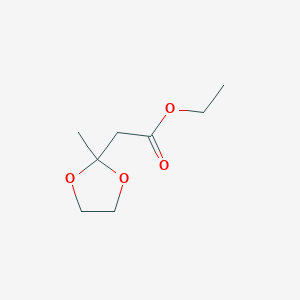
CAS No. : 6413-10-1
Category : Fragrance Ingredients
Sub-Category : Ketal Fruit Esters

CAS No. : 5182-36-5
Category : Fragrance Ingredients
Sub-Category : Aroma Chemicals
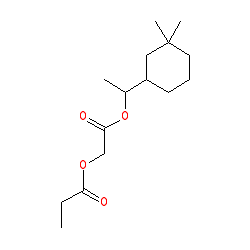
CAS No. : 236391-76-7
Category : Fragrance Ingredients
Sub-Category : Polycyclic Synthetic Musks

CAS No. : 236391-76-7
Category : Fragrance Ingredients
Sub-Category : Polycyclic Synthetic Musks

CAS No. : 119-36-8
Category : Fragrance Ingredients
Sub-Category : Aromatic Esters